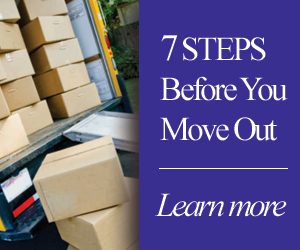The first major step in any divorce process is separation; if you are in an abusive marriage, that first step will look different for you than it will for someone in a more peaceful situation. When a spouse leaves their batterer, their risk of serious violence or death increases dramatically; it’s crucial to keep this in mind and proceed with caution. Statistics paint a grim picture: [i]
- Separated/divorced women are fourteen times more likely than married women to report having been a victim of violence by their spouse or ex-spouse.
- Women separated from their husbands were three times more likely to be victimized by spouses than divorced women, and twenty-five times more likely to be victimized by spouses than married women.
- 65 percent of intimate homicide victims physically separated from the perpetrator prior to their death.
Please note that we highlight these statistics about women in abusive marriages because they are shockingly high. Men can also be victims of domestic violence, regardless of what society may try to claim, but the data unfortunately relays that women of all backgrounds are the most at risk.
Regardless of gender, someone who makes the decision to leave an abusive spouse needs to be mindful, always, that safety is their first priority. The first step should be to make a safety plan. You may need to spend some time gathering the necessary components of your safety plan, but of course, if you feel that you are in imminent danger, you may have no choice but to leave on a moment’s notice with nothing but the clothes you are wearing.
If you have the luxury of planning your departure and leaving when it suits you, consider the following points:
Try to gather some money, or even credit, that you can get your hands on quickly and easily. Abusers often control their partners by denying them access to the family cash and accounts, and a complete lack of financial resources can prohibit a battered spouse from leaving at a crucial moment. It’s essential to be able to walk out the door at any moment and know that you can scrape together the basics of survival for yourself—and perhaps your children—for at least a few days, until you can get some help.
Important documents: Once you leave an abusive home, you may not be able to safely go back. If there are documents that may be important to proving your case or your financial situation, you should try to assemble those items prior to your departure. Again, safety is always the highest priority—don’t do anything to make the situation worse than it already is—but a file folder of things like photocopied credit card bills, income tax forms, and bank statements can make your situation much easier to sort through when you do finally get to sit down with an attorney. Hang onto your health insurance card; be sure to include your passport and/or driver’s license in that folder. It might be much easier to gather things in one place before you need them than it will be to go back and replace them later.
Contact information: if there is even a remote chance that you could suddenly find yourself out on the street with nowhere to go, you should make a list of numbers you can call in an emergency. Start with the obvious: 9-1-1. If at any point your safety is at risk, call the police. It’s a good idea to also know how to contact your local domestic violence shelter. Many communities have a safe house, where an abuse victim can stay, in hiding, long enough to get her act together and make longer-term arrangements that will enable her to move on with her life while staying safe. Finally, you’ll want to keep with you the phone numbers of a friend or relative or two who could help you out in an emergency.
[i] Bernice R. Kennedy, PhD., Domestic Violence A.K.A. Intimate Partner Violence (IPV) (Lincoln: iUniverse, 2007).





